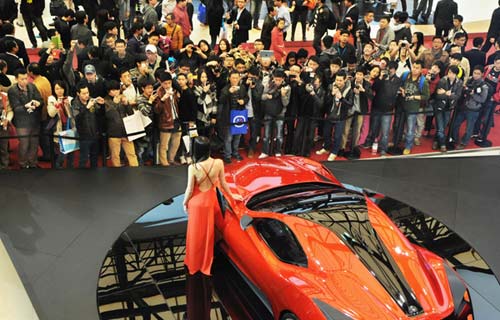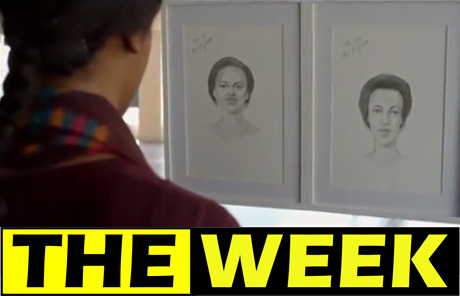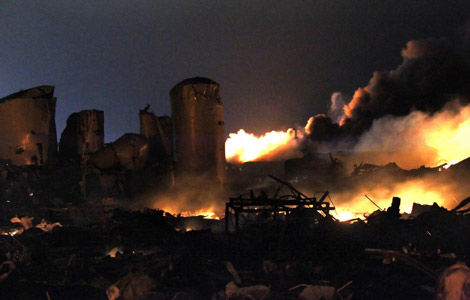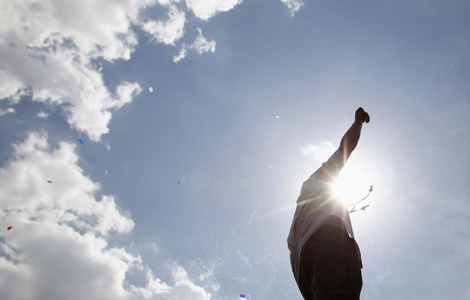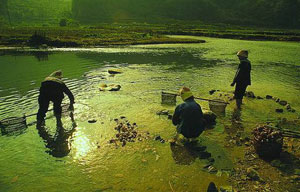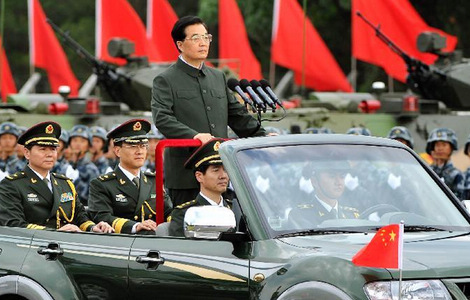'Lonely' Longli
Updated: 2012-04-12 10:26
By Liu Wei (China Daily)
|
|||||||||||
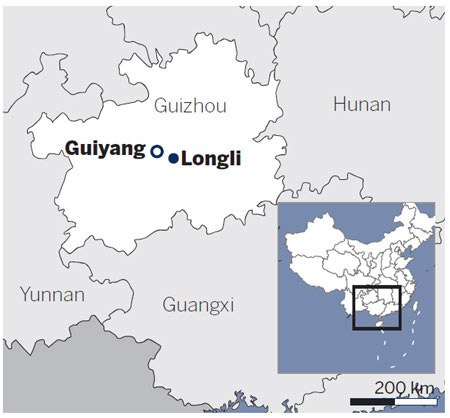 |
Beside her house a middle-aged woman was selling oranges. The scales showed the bag contained between 1 and 1.5 kg of oranges, but unlike big city vendors, instead of adding more oranges to make it 1.5 kg she took some out to make it 1 kg and then went back to her TV program.
The former garrison town is searching for a new role. Tourism obviously isn't flourishing yet, which means the town has an unspoiled flavor.
The local government seems to have realized the damage that over-commercialization can cause and has worked with Norwegian organizations to develop the town as an eco-museum.
The eco-museum concept sees the community itself as something to preserve.
Residents can choose to stay in town or move to a "new city" several kilometers away. If they want to refurbish their old houses or buy new ones in the new city, the government and a loan project by the World Bank offer financial aid.
Walking around I saw a notice posted by the local government about protecting the old town: "Any house renovations should maintain the original look."
The little town and its painful past deserve sensitive and careful development.
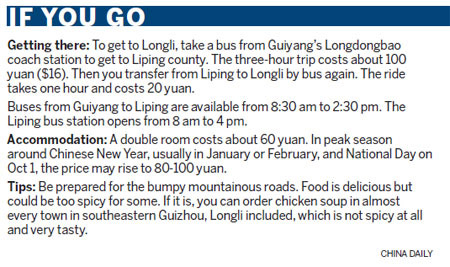
Today's Top News
Rescuers race against time for quake victims
Telecom workers restore links
Coal mine blast kills 18 in Jilin
Intl scholarship puts China on the map
More bird flu patients discharged
Gold loses sheen, but still a safe bet
US 'turns blind eye to human rights'
Telecom workers restore links
Hot Topics
Lunar probe , China growth forecasts, Emission rules get tougher, China seen through 'colored lens', International board,
Editor's Picks

|

|

|

|

|

|
